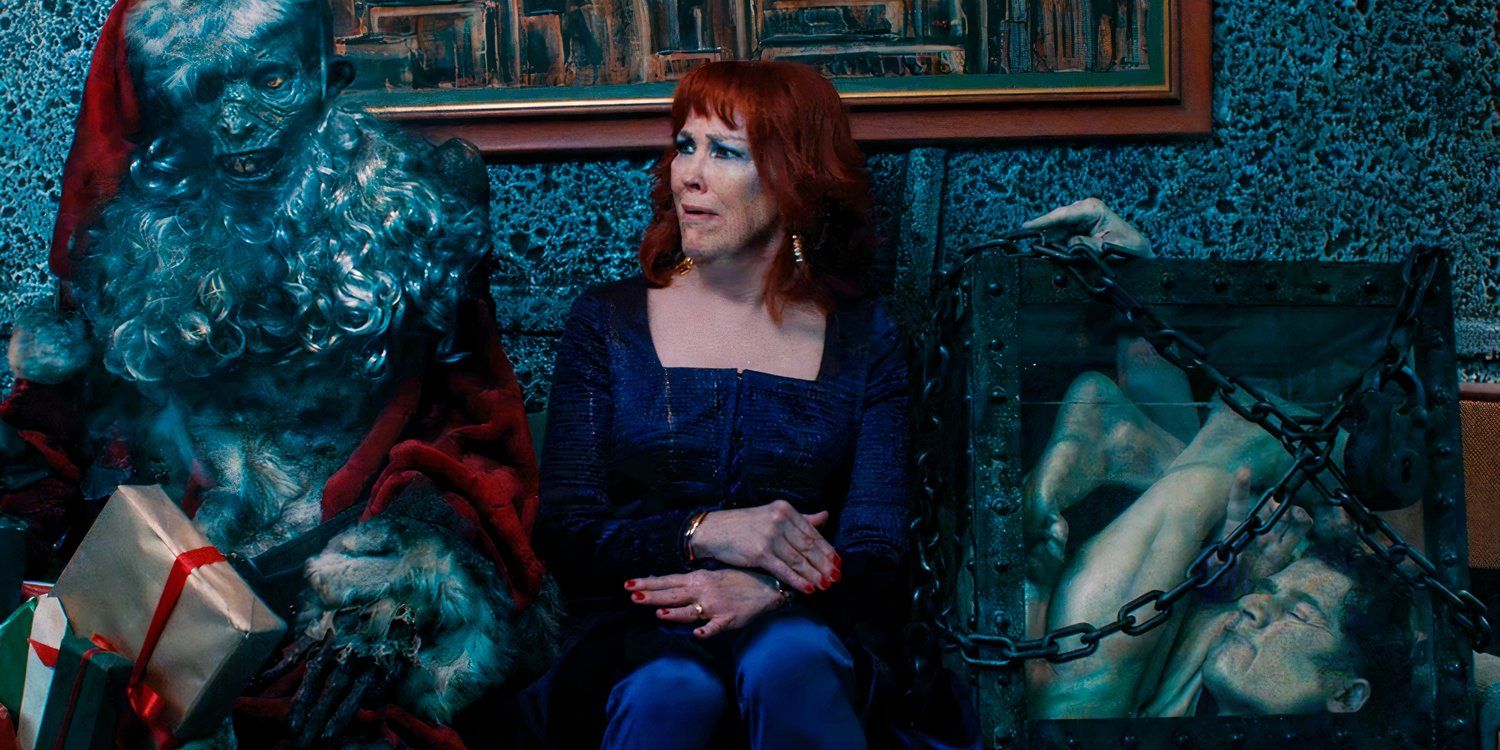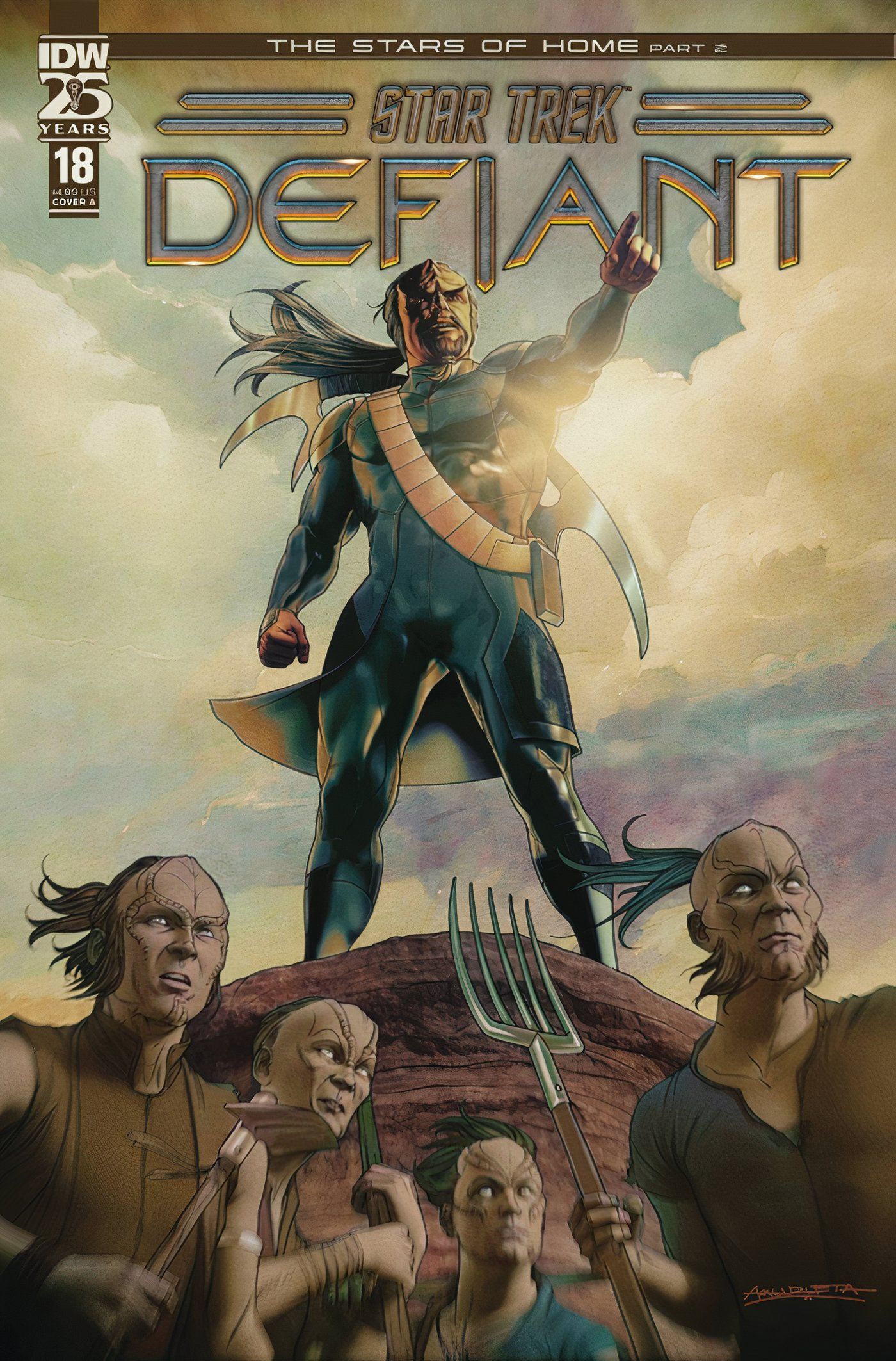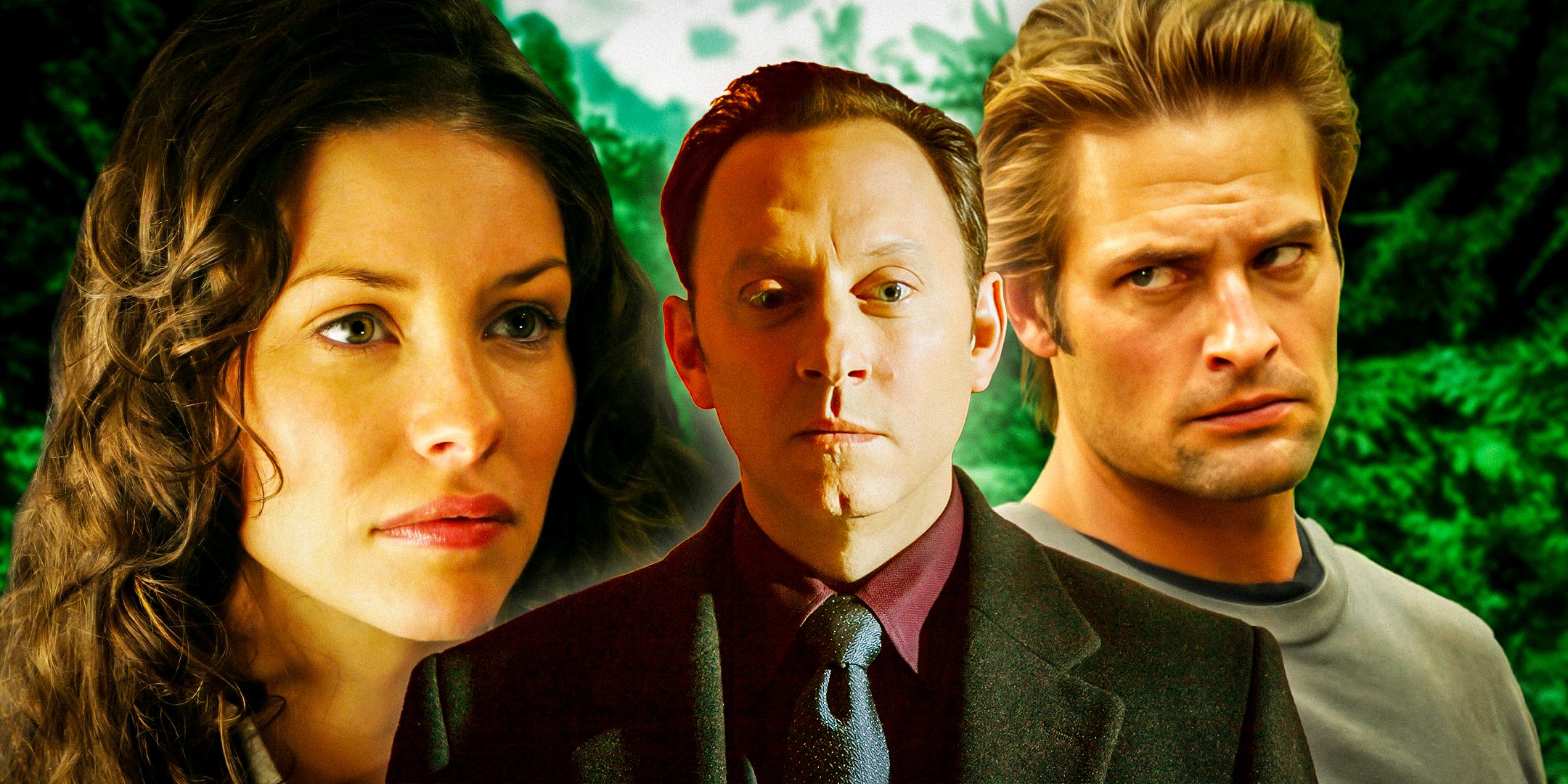Star Trek has the ability to resurrect Captain James T. Kirk (William Shatner), but it wouldn’t work the same way it did for Spock (Leonard Nimoy) in Star Trek III: The Search for Spock. The Star Trek franchise is no stranger to resurrecting dead characters, even ones that have been gone for a significant amount of time. Star Trek: The Original Series occasionally killed off a main character only to bring them back to life before the end of the episode. Most famously, Spock sacrificed his life at the end of Star Trek II: The Wrath of Khan, prompting Kirk and his crew to spend the entire next movie helping Spock return to the land of the living.
Star Trek: Picard season 3 saw Admiral Jean-Luc Picard (Patrick Stewart) reunite with his Star Trek: The Next Generation crew on the restored USS Enterprise-D as they faced off against the Borg and the Changelings. Knowing that the Enterprise-D crew would not be complete without Lt. Commander Data (Brent Spiner), Picard resurrected everyone’s favorite android with a newly upgraded synthetic body. While the resurrection of Spock and Data both worked, Captain Kirk could not be brought back in the same way, despite the fact that Starfleet apparently has possession of his body and the technology to do it.
Picard Season 3 Set Up Kirk’s Star Trek Resurrection
Section 31’s Daystrom Station vault has everything Starfleet needs to bring back Kirk.
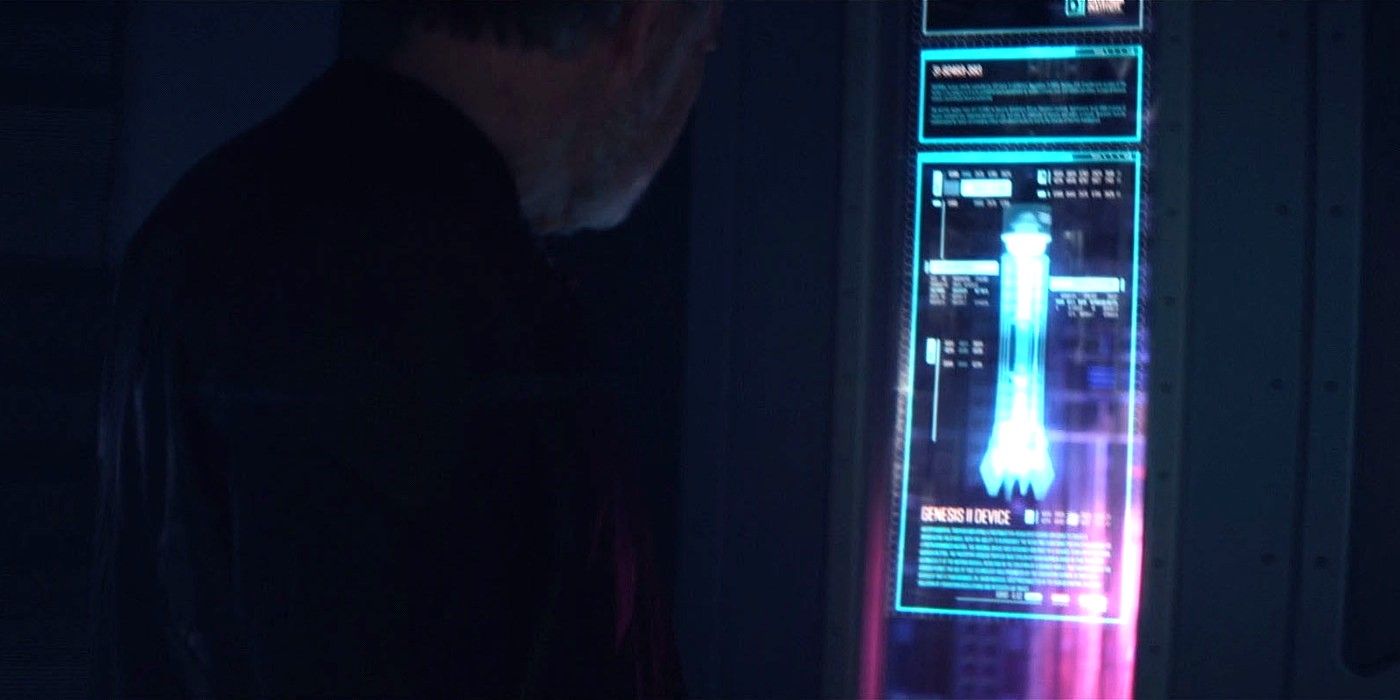
With the many Star Trek Easter Eggs sprinkled throughout Daystrom Station, Picard set up the possible return of Captain Kirk. In Picard season 3, episode 6, “The Bounty,” Jean-Luc and his crew take the USS Titan-A to Daystrom Station to uncover more of the Changelings’ plan. Once there, they not only find the upgraded body of Data but also stumble upon a few other secrets that Starfleet has been hiding. Daystrom Station houses Starfleet’s most dangerous weapons and top-secret technology, including the Genesis II Device, which was based on the original Genesis Device introduced in Star Trek II: The Wrath of Khan.
At some point after Kirk’s death in Star Trek Generations, the Starfleet intelligence division known as Section 31 removed his body from Veridian III and brought it to Daystrom Station as part of something called Project Phoenix. The fact that Section 31 retrieved Kirk’s body and named the project after a mythical bird that rises from its own ashes suggests that they intended to resurrect Kirk. Considering Section 31 also possesses the Genesis II Device, there is nothing stopping them from activating it and sending Kirk’s body to the newly formed Genesis Planet. But resurrecting Kirk this way also wouldn’t quite work.
Why Kirk Can’t Be Resurrected Like Spock
James T. Kirk is no Vulcan.
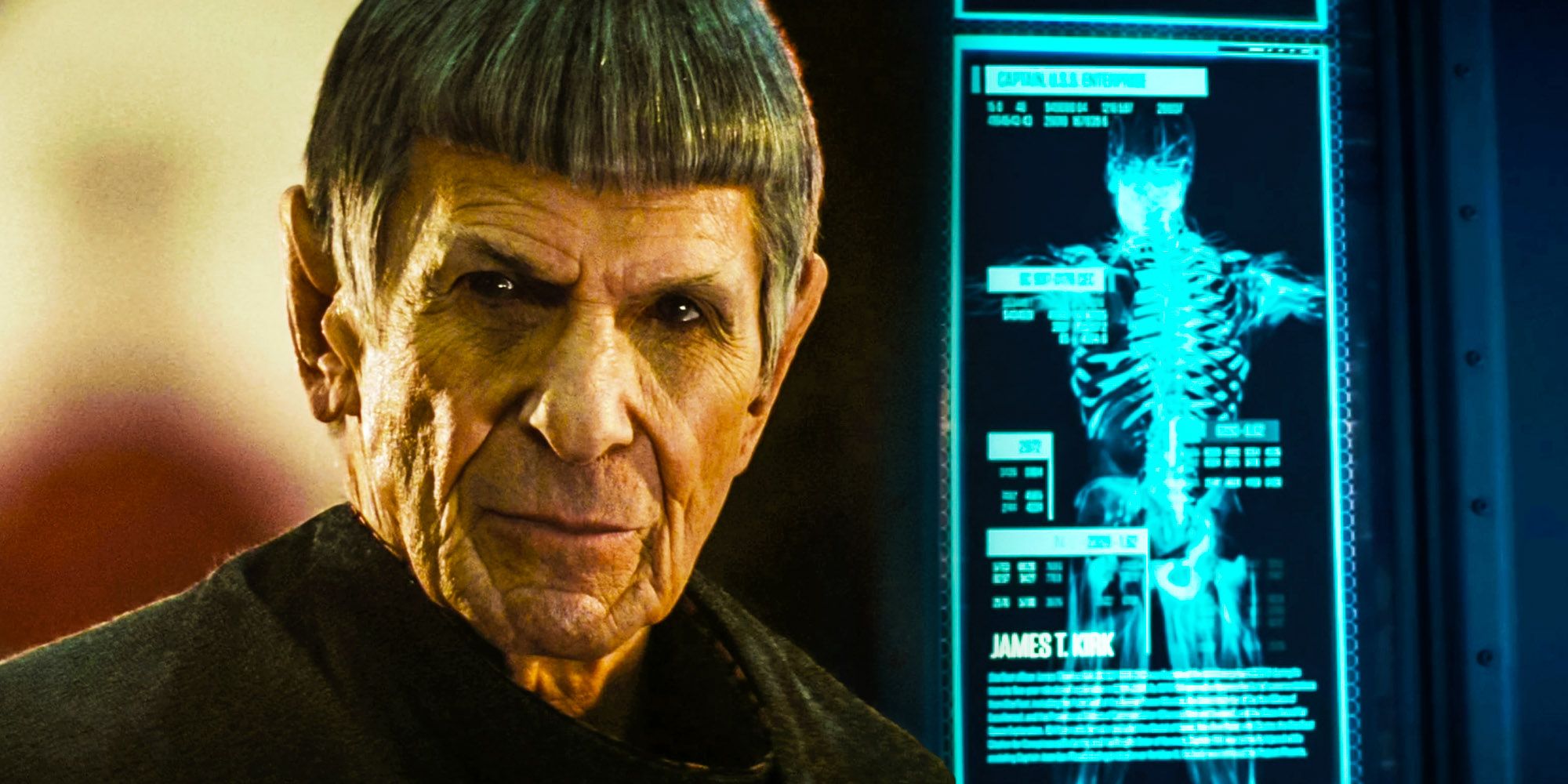
Although the Genesis Device was able to resurrect Spock in Star Trek III, the Vulcan had something that Kirk simply does not. Spock’s resurrection worked because he had previously stored his Vulcan soul, his katra, within the mind of Dr. Leonard McCoy (DeForest Kelley). Spock was reborn on the Genesis Planet as a child and then aged rapidly to adulthood, but his mind remained a complete blank. It was only after Kirk and his crew took Spock to Vulcan and performed the fal-tor-pan ceremony that Spock’s katra and body were reunited.
While Section 31 could use the Genesis II Device to rebuild Kirk’s body, it would not restore his mind. In theory, they could create a completely new version of James T. Kirk and either implant his mind with false memories or teach him from scratch. Either way, he would not be the same James T. Kirk from before, which raises the question of what Section 31 was (or is) planning in regard to Kirk’s body and Project Phoenix. Star Trek could still resurrect Captain James T. Kirk, but it’s unlikely they could ever bring back the same Kirk who died in Star Trek Generations.

